The following contains spoilers for SAKAMOTO DAYS, available to stream on Netflix.
Summary
- Despite mixed feelings about animation quality, the anime’s visual aesthetics capture the manga’s exaggerated atmosphere well.
- The anime adaptation provides more personality to Shin, giving him some comedic moments originally meant for Lu in the manga.
- Early manga content featuring slice-of-life moments were omitted in the anime, focusing more on the main storyline.
SAKAMOTO DAYS is one of the Winter 2025 anime season’s most highly anticipated titles, with fans of the original manga created by Yuto Suzuki swearing by the series’ art, story and humour as some of its best qualities. The SAKAMOTO DAYS manga is currently one of the most popular manga currently published in Weekly Shōnen Jump, reaching 2.2 million copies in circulation within two years of its serialization.
With only seven episodes of SAKAMOTO DAYS out at the time of writing, and the first part confirmed to be running for a total of eleven episodes, it seems like a great time to ask the ever-important question: how does the anime adaptation of SAKAMOTO DAYS compare to the original manga?
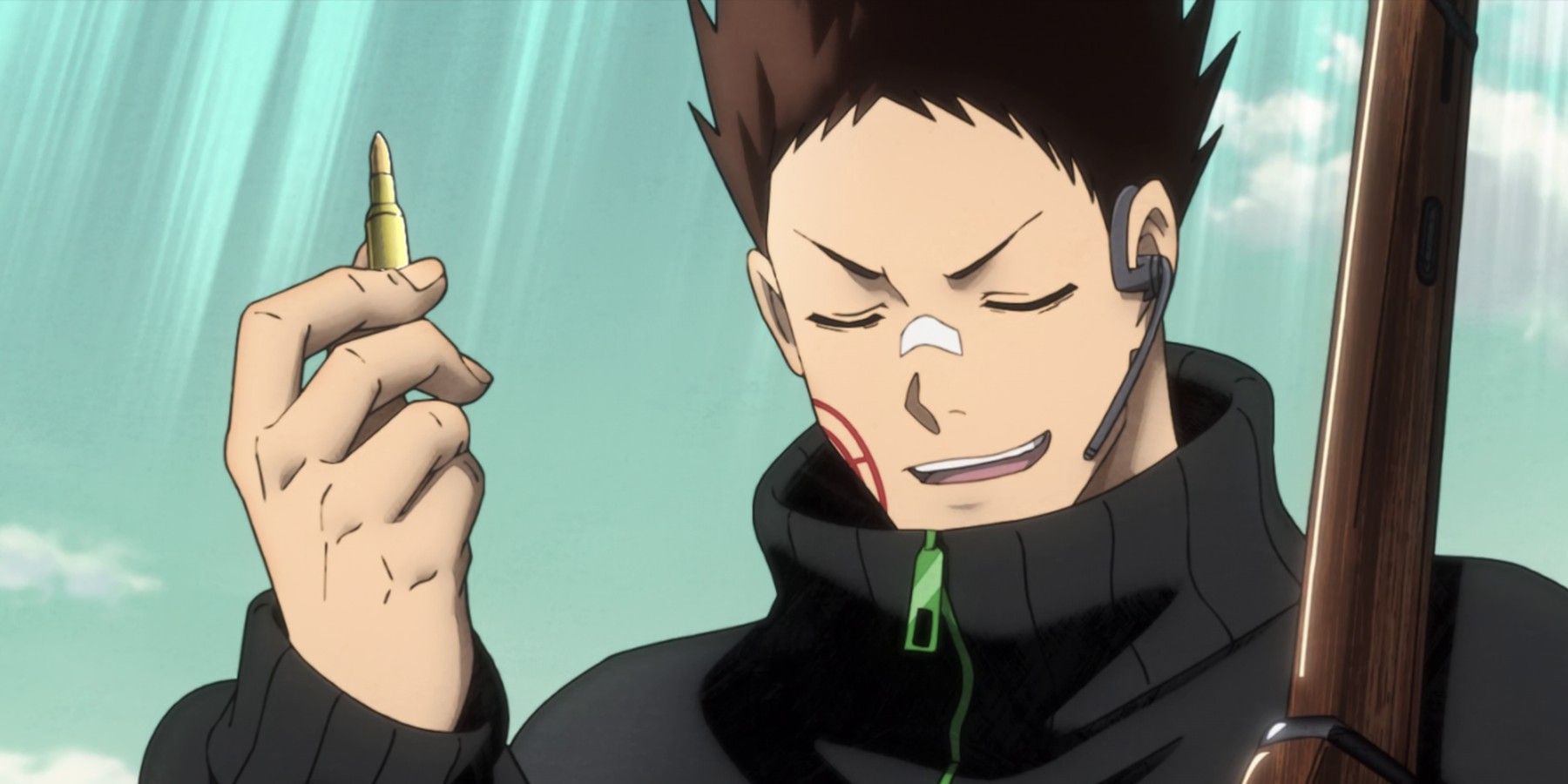
RELATED
SAKAMOTO DAYS Episode 6 Introduces The Series’ Most Likable Assassin Yet
SAKAMOTO DAYS’ most likable weirdo yet shot his way into our hearts this Valentine’s weekend with good-natured stupidity.
The Elephant in the Room
Anime Visuals Bring Life to the Series, But Action Is Lacking
If you’ve been on the internet at any point since the release of the SAKAMOTO DAYS trailers, you are most likely aware of the negative response the series’ animation has received from fans, who believe that the quality of Yuto Suzuki’s art was not adapted with the level of care it deserved. Opinions are divided on that though, as the series boasts a very clear visual aesthetic that fits the highly exaggerated atmosphere of the series.
The actual character designs and backgrounds are great on their own, but what has disappointed fans of the series is the stiff animation when it comes to the action. The SAKAMOTO DAYS manga is better able to convey the contrast between Sakamoto’s and the other main characters’ mundane day-to-day, shifting between light-hearted and serious in a much more believable way, especially in and out of action sequences.
Since there were few creators present at the production from the beginning, we had to gather freelance creators, which made managing the quality of the work a challenge, but our animation director did a great job on the pictures, and the special effects and cinematography did a great job on the textures. It is difficult to keep up with the production schedule for a TV series because of the large quantity of work involved, but we have built a highly skilled staff.
– Masaki Watanabe, SAKAMOTO DAYS director
The opening scene of the anime manages to capture the action aspect well, creating an expectation it would struggle to follow up. Over the course of the next episodes, fan complaints just piled on top of each other, eclipsing what the series does decently or even well. With a series like this, in which the appeal is the balancing act of action and comedy, being able to do both convincingly is paramount, and the manga wins out over the anime in that regard.
That being said, the early manga’s combat scenes, while feeling more dynamic than in the anime so far, aren’t particularly more impressive than what you’d find in SAKAMOTO DAYS‘ contemporaries in Jump or other shōnen magazines, relying on a motion-blur effect to give the impression of the inhuman speed of the characters, but what sells it is the dynamic angles. With over 200 chapters of the series out, it is very likely that the manga’s art quality is better now than it was in the beginning, and there’s still the possibility of the anime seeing a similar improvement as the story progresses.
Shin and Lu Riff Off Each Other More
Anime Gives Shin Some of Lu’s Moments
For the first five or so episodes, SAKAMOTO DAYS is a near 1:1 adaptation when it comes to story beats and even ensuring that memorable panels are prioritized. There’s obviously a lot of in-between work in the anime, to create a better sense of flow within the story and the general movements of the characters. There are also sparse moments where dialogue that was initially meant for one character is uttered by another, like the time when Sakamoto, Shin and Lu went to the video rental place to learn more about the Dondenkai.
In the manga, Lu is shocked to see how quickly Sakamoto’s body rebounded from his instantaneous weight-loss in the fight against Boiled, but doesn’t mention it. However, in the anime, Shin is the one who takes note of that, possibly due to the anime attempting to better situate Shin’s character and development in his proximity to Sakamoto, making Shin in the anime a little more of a fanboy of his than is made apparent in the manga.
There’s also the instance when Sakamoto, Shin and Lu infiltrate the Dondenkai HQ, where they find pretty much the entire organization dead and Nagumo, another former colleague of Sakamoto’s, sitting in the middle of the carnage. In episode 5, Nagumo pretends to be the perpetrator, and another one of the assassins targeting Sakamoto. He plays a really mean prank involving Shin’s neck and one of those springy prop knives, pretending to sever the poor psychic’s aorta, earning himself a frustrated “butt-kicking” from just Lu in the manga, but from both Shin and Lu in the anime. In essence, where the manga uses Lu as the source of comedic interjections, reactions and the like, the anime tries to draw out more personality from Shin by giving him some of this aspect of manga Lu’s role.
Less Home Life
Early SAKAMOTO DAYS Manga Features More Slice of Life
While Shin is given a bit more personality on one hand, the series’ immediate focus on the first major arc and introducing new characters means that we’re kinda being robbed of some of the slice-of-life and “AoiMoto” moments we got in the early manga, like watching Sakamoto fight off powerful discount-loving, special-identifying grannies at the supermarket to get Hana a limited-edition randoseru (Japanese elementary schooler backpack), which puts in motion a sequence of events that ends hilariously in a little boy asking her out; or him saving his wife from a bus-jacking, which gives us an opportunity to learn more about their relationship as we see how calm and collected she is in the face of danger because of her faith in Sakamoto.
For one, these moments, insignificant to the overall story as they may be, paint a much clearer picture of Sakamoto’s abilities and character, and perhaps would have further made some of his more impossible feats a bit easier to understand for those who went into the series expecting it to be a little more grounded – that bus-jacking ends with Sakamoto literally stopping the bus with a stop sign and elbow grease, which firmly places Sakamoto’s abilities not in the realm of “legendary hitman” but more in the ballpark of “superhuman”, if the first sequence of episode 1 didn’t already.
Toned-Down Levels of Violence
There Will Never Be Onions in a Risotto Again
Like with earlier adaptations of shōnen manga, there have been a few “amendments” to the less child-friendly parts of the series, like the violence, which is a very necessary element in a story about assassins, even if it’s about assassins who have, for all intents and purposes, retired (“47, this is Diana from Agency. We’re really glad you’re back…”). During the Sakamoto raid of the Dondenkai HQ, the members of The Order are shown sitting around a fancy dinner table when one of them, the kūdere Osaragi, tells her partner, Shishiba, that he wouldn’t want to eat his risotto, alerting him to the onions therein. He hates onions and lets the chef know of his dissatisfaction by violently shoving him onto the table and stabbing his hand repeatedly with a steak knife.
Strangely, after a certain point, the chef kinda seems like he just… died, which is strange for a hand injury (albeit a nasty one). The disconnect is because the hand was a less violent alternative to what happened in the manga, where the chef’s head was perforated several times for his indiscretion. From episodes 1 through 7, there haven’t been any glaring major alterations beyond some of the minor changes made to the SAKAMOTO DAYS story for the sake of the anime. The adaptation has been 1:1 for the most part, and has indicated some level of respect given how closely some of the scenes resemble the original manga, taking advantage of the medium’s inherent motion to extend fight scenes.
SAKAMOTO DAYS is available on Netflix.
Further reading: Masaki Watanabe Interview on Anime World Network
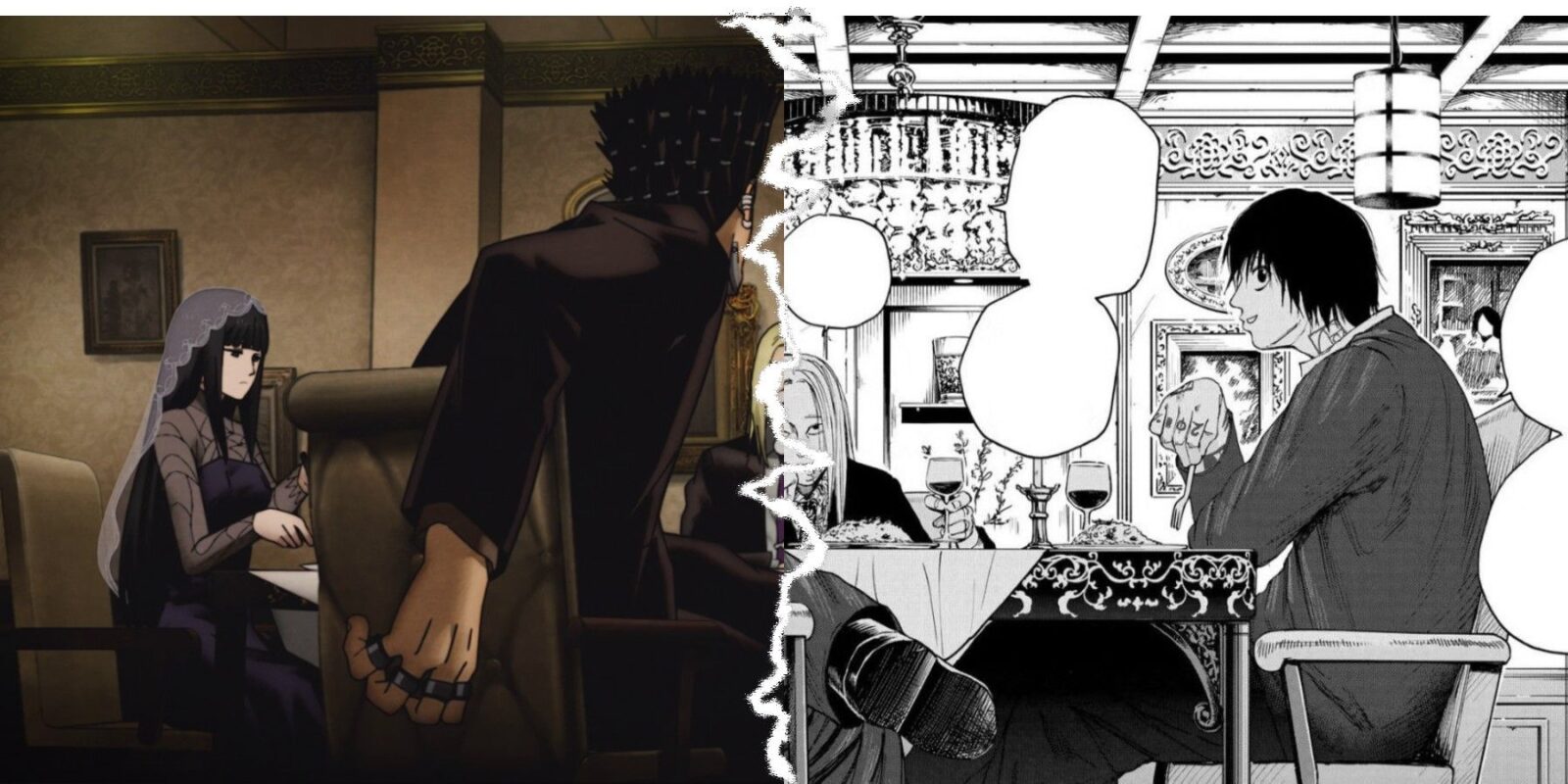

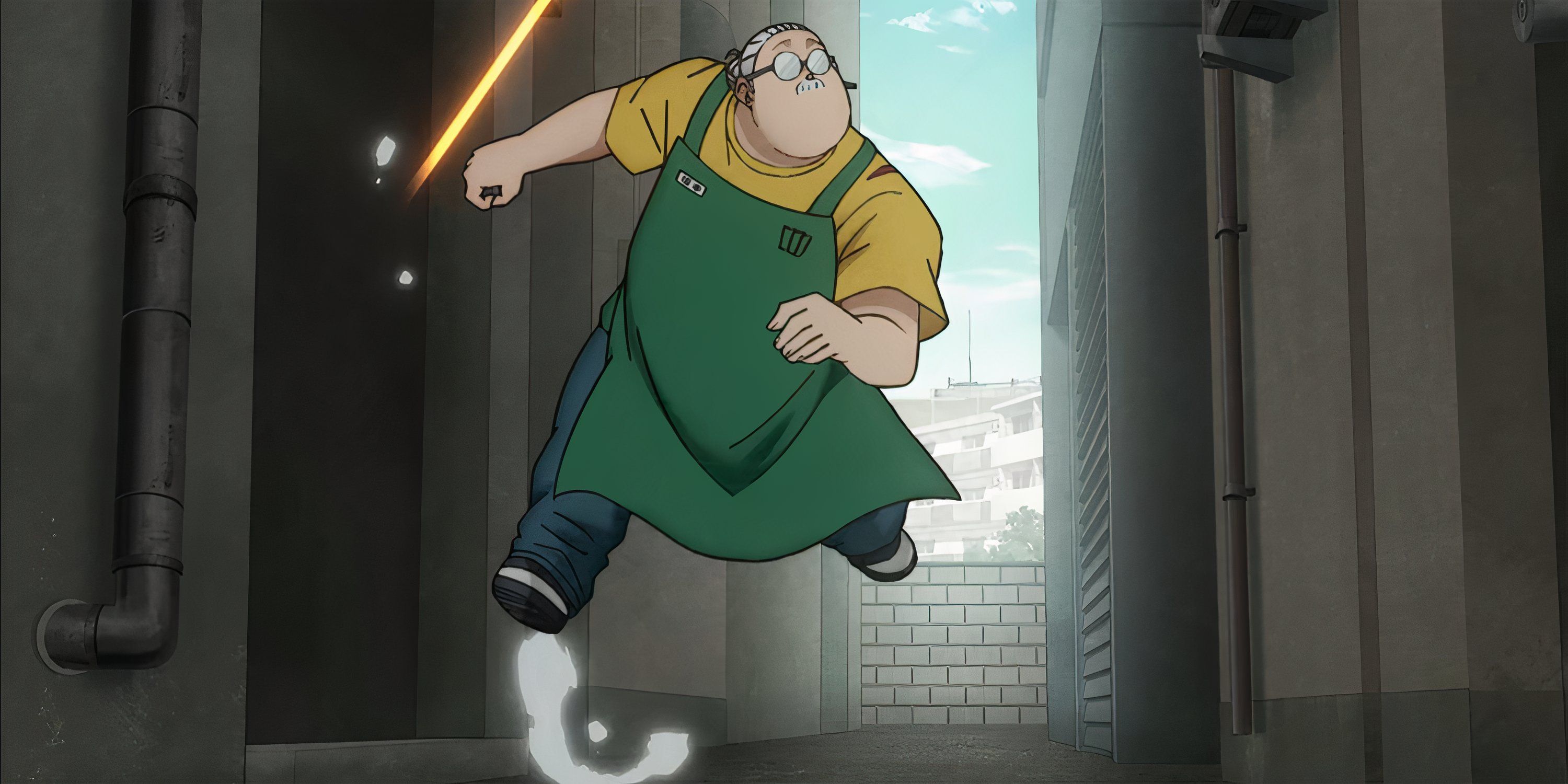
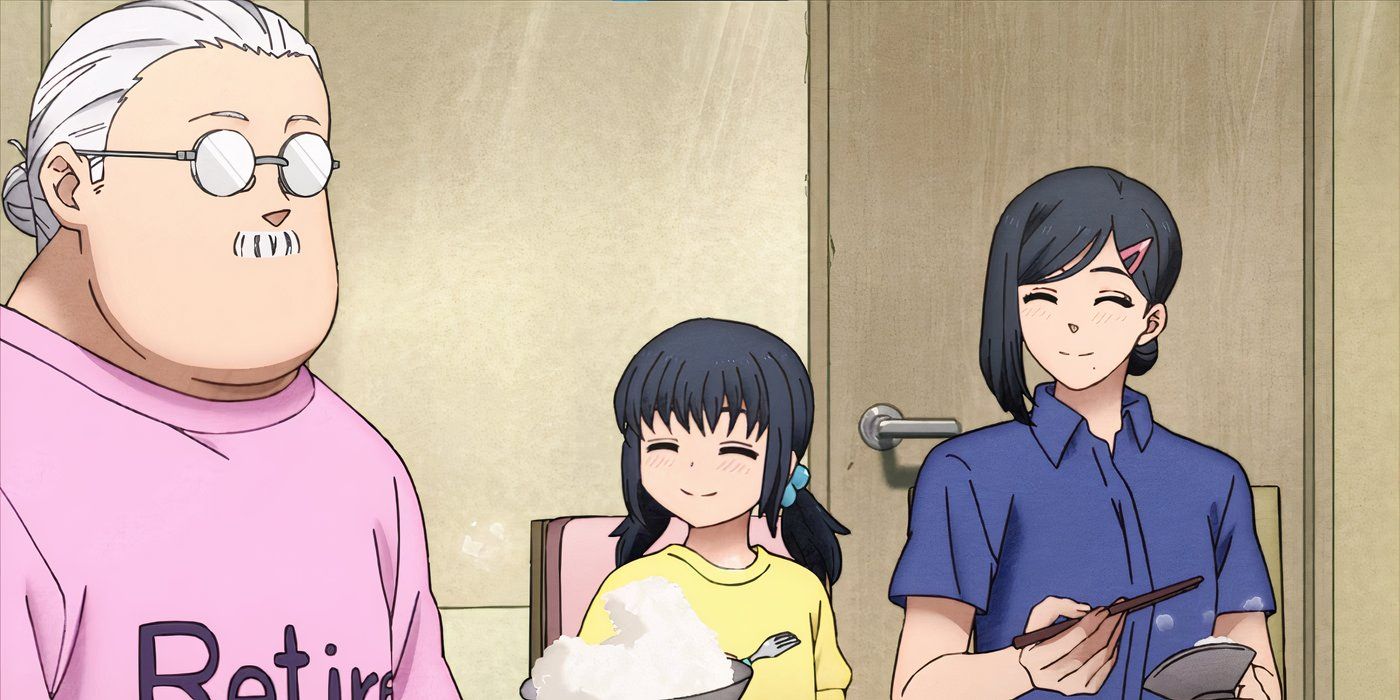
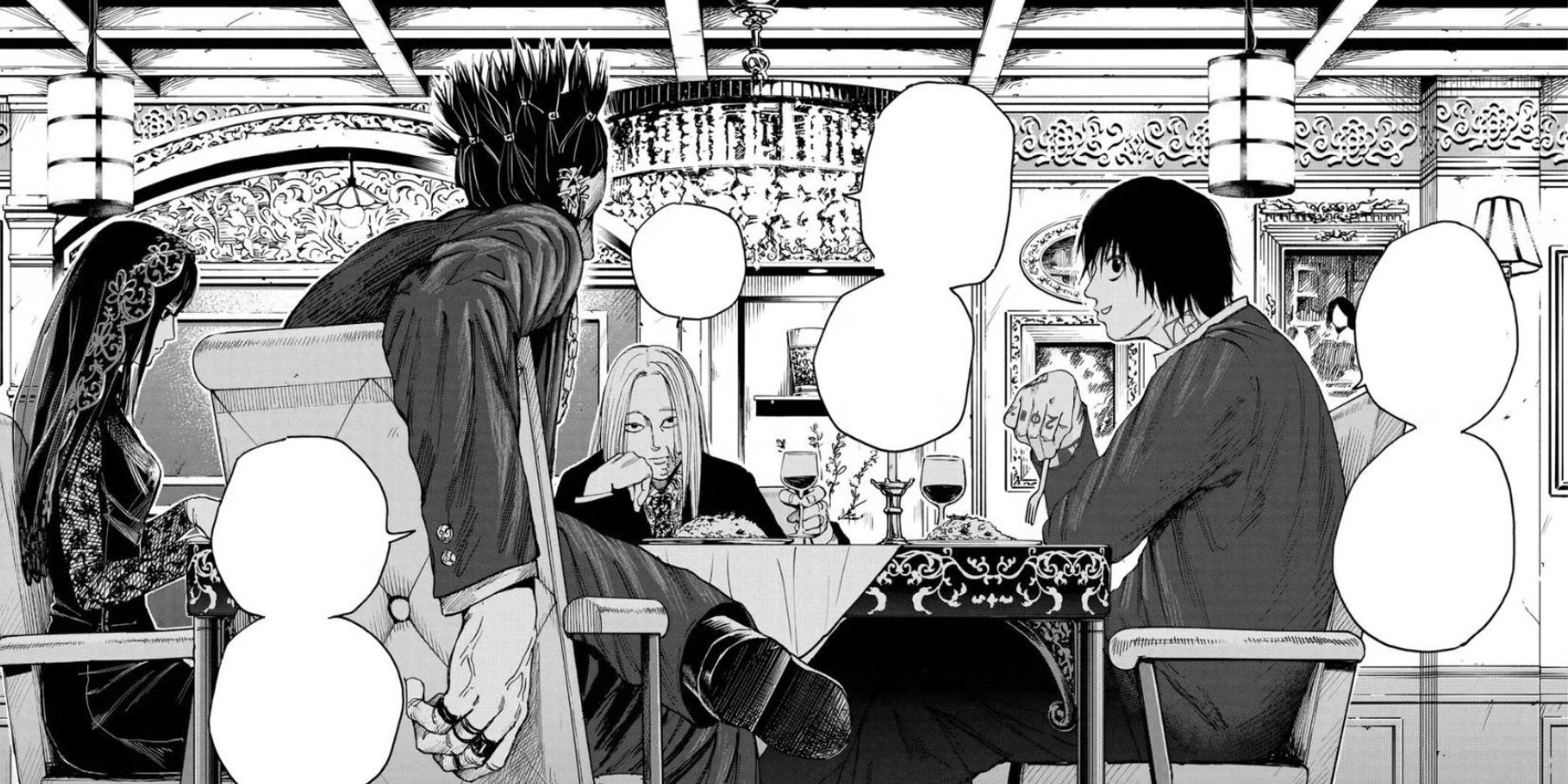
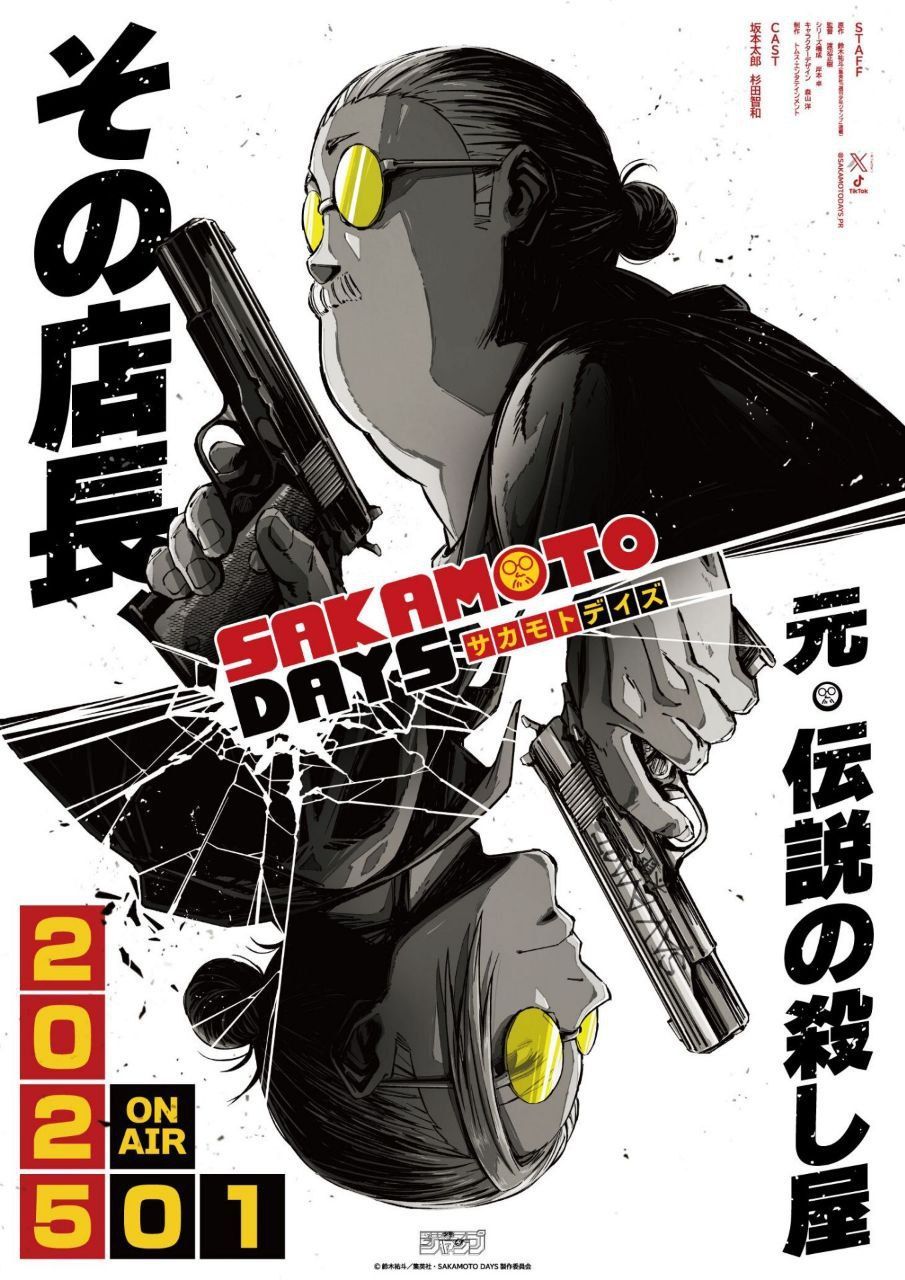






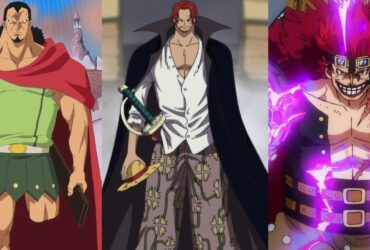


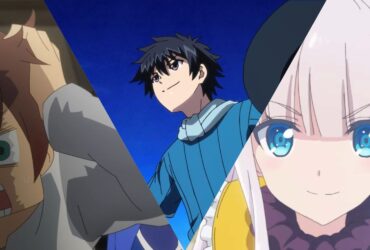


Leave a Reply